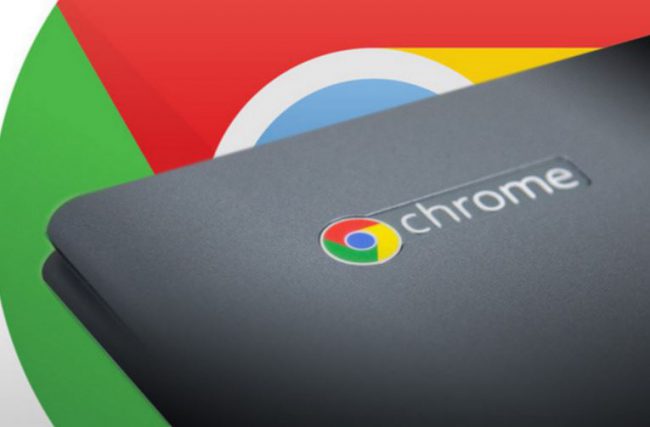Chrome OS is taking leaps and bounds in terms of functionality and user interface. Google has now released a video showcasing a newer version of the popular OS that is now optimized for touch screens that will make for a more intuitive experience for navigation.
The new Chrome OS will have an Android-like interface that will have an app-drawer as well as a search bar. Users will be able to pull up the app-drawer by swiping up, making their experience similar to an Android tablet or handset. The new desktop will also feature newly designed task bar. The OS has changed to support touch sensitivity, but Google has made sure that the keyboard and mouse still have their place in terms of functionality.
A new video of the Chrome OS shows the kind of launcher that is used for the desktop. Whether other launchers will be supported from Play Store, considering that Chrome was set to be compatible with Android applications as well, this seems highly likely.
The launcher is part of Chrome Canary, which is an experimental release and not a final build of the product and can be riddled with bugs. It seems like Google had timed its compatibility to Android apps with the change in interface in order to provide a seamless handset-desktop-tablet interface across different screens. Google could possibly be setting itself up for a continuity movement since it is now prominently being used on all major user devices.
Even previous updates had not stopped OEMs from releasing their own touch-based inputs atop Chrome OS, but as a result, that would have set the playing field for the advent of the new update. For those existing Chrome OS laptops that will be getting the update, the extra money spent on the feature will be well paid off when the update finally does arrive with Google Play Store apps.
Users will also be able to use the voice search function and the resulting request will be shown in a new Chrome window. Chrome OS, while still being in the minority of desktop-use OSes in the market, is still in the running for being the most simple and user-friendly of the lot. The move to a touch-based UI was only a matter of time though, as eventually, the entirety of Google’s ecosystem now depends on touch-based input and fingerprint scanning. In any case, Chrome OS’s next stage in evolution will be welcomed with open arms.
